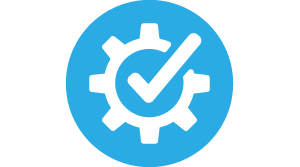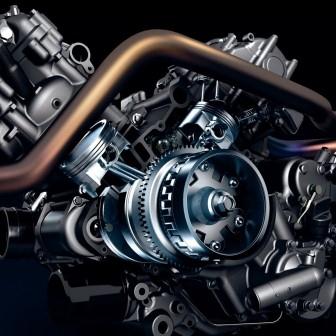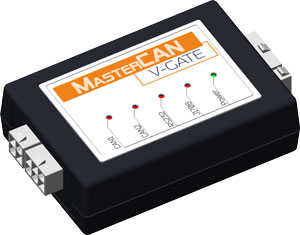
Engine monitoring

ENGINE OPERATION MONITORING
Problem
How often engine of vehicle should be checked when it is working with the maximum load? If engine consumes too much fuel for no reason, it should be diagnosed immediately.
Consequences
Lack of engine maintenance reduces life cycle of equipment and increases costs in case of repair. Engine malfunctions, which increase fuel consumption, can not be detected in time and eliminated, which means rising of fuel costs.

Solution
Engine diagnosis on fuel consumption is based on information on engine workload and fuel consumption received from standard or additional sensors.
Standard sensor sends signals to CAN bus, from where they can be collected and analyzed. But not on every vehicle this information is accurate and available. Extra sensors are installed on vehicles and send data on fuel consumption and engine workload.
WHAT TO DO
Direct fuel consumption monitoring
DFM fuel flow meter is installed in vehicle’s fuel system and control fuel consumption and engine load. If consumption increases, engine should be checked.
CAN bus data interface
Mastercan vehicle data interface is designed to collect and sort data. It converts signals from CAN bus (SAE J1939/71) and 1708bus (SAE J1708) to the messages, which can be transferred via CAN2.0, RS-232 or RS-485 input of the recording or tracking device.
Secure CAN bus data reading
Crocodile contactless data readers receive information from CAN / 1708 bus and transmit it to tracking device.
FIELDS OF APPLICATION
Our equipment can be used on a wide range of vehicles – from trucks and buses to heavy machinery and stationary objects














